10 Factors To Consider When Selecting A Pickleball Ball
Introduction And Factors For Selecting A Pickleball Ball
Pickleball is a fast-paced and highly enjoyable sport that continues to gain popularity worldwide. Whether you’re a seasoned player or a beginner, choosing the right Pickleball ball can significantly impact your gameplay experience. With a variety of balls available on the market, each designed to suit different playing conditions and skill levels, it’s essential to consider various factors before making your selection. In this article, we’ll explore ten crucial factors to keep in mind when choosing the perfect pickleball ball for your needs.
1. Indoor or Outdoor Play
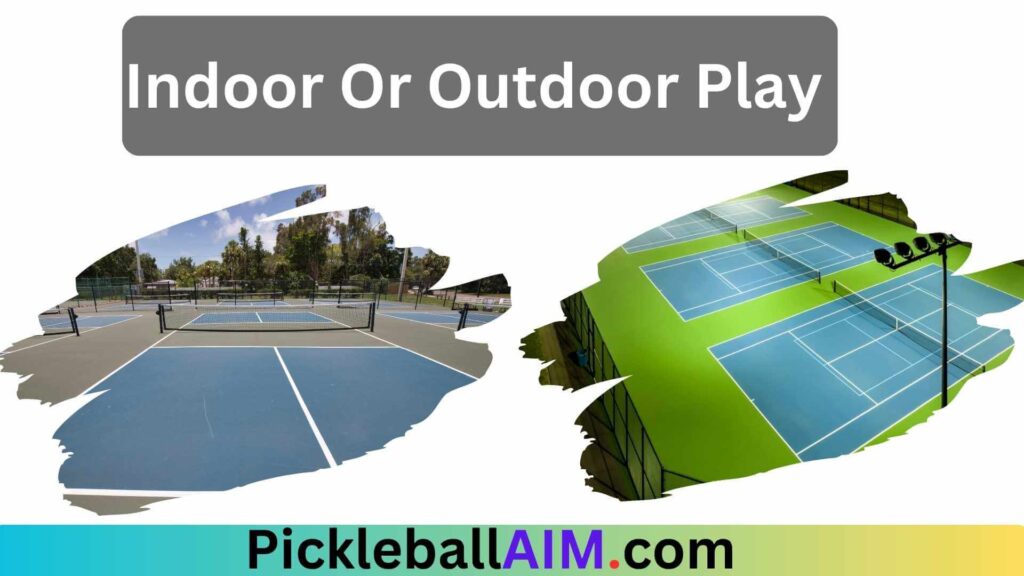
The playing environment is a vital factor to consider when selecting a pickleball ball. Indoor balls are designed with slightly more bounce to accommodate smooth court surfaces, while outdoor balls are built to withstand wind and outdoor elements, often featuring a thicker and more durable construction. Choose the ball that matches your primary playing environment for optimal performance.
2. Ball Material
Pickleball balls are typically made of two materials: plastic and composite1[Composites, also known as Fiber-Reinforced Polymer (FRP) composites, are made from a polymer matrix that is reinforced with an engineered, man-made or natural fiber (like glass, carbon or aramid) or other reinforcing material.]. Plastic balls are more affordable and provide a consistent bounce, making them suitable for recreational play and beginners. On the other hand, composite balls offer better durability and enhanced playability, making them a preferred choice for intermediate to advanced players.
3. Ball Size
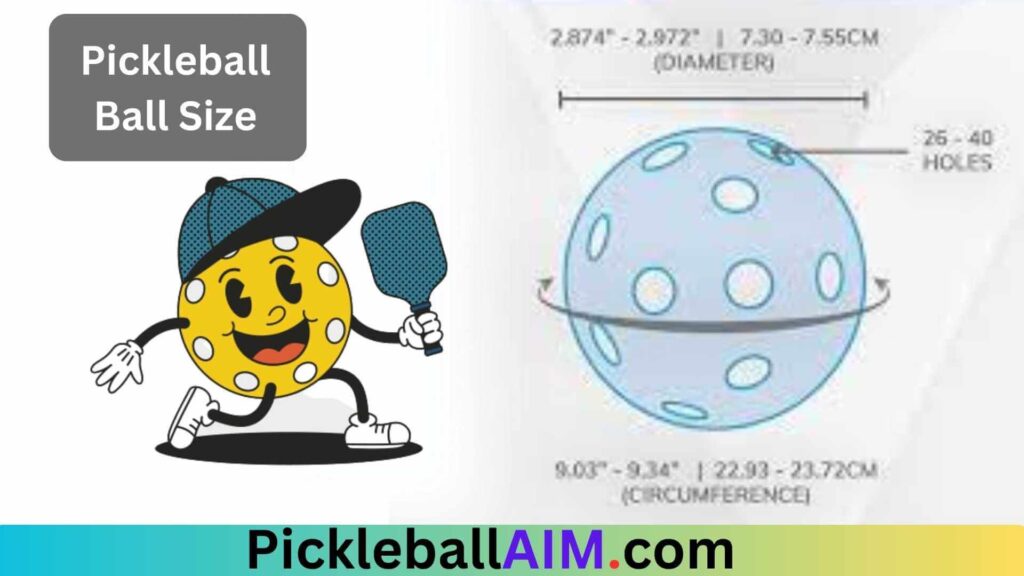
The size of the pickleball ball is another crucial consideration. While most balls adhere to the standard 40mm size, some brands offer slightly larger options, such as 44mm balls. The size difference can affect the ball’s flight characteristics, speed, and bounce.
Standard 40mm Balls
Standard-sized 40mm balls are commonly used in professional and competitive play. They offer a balance of control and power, making them ideal for experienced players who seek precise shots and a faster-paced game.
44mm “Outdoor” or “Training” Balls
Larger 44mm balls are designed for outdoor play and training purposes. These balls are slower and easier to control, making them an excellent choice for beginners and recreational play. Their larger size makes them more forgiving, allowing players to focus on improving their technique without worrying about extreme ball speed.
4. Ball Hole Pattern
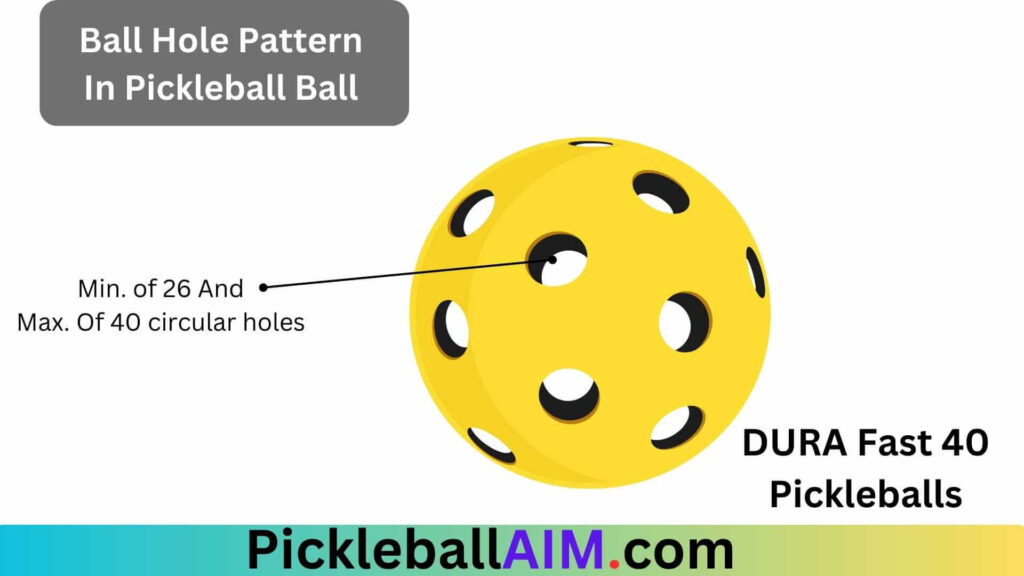
The hole pattern on the pickleball ball can significantly impact its flight and play characteristics. There are two main types of hole patterns: two-piece and one-piece.
Two-Piece Ball
Two-piece balls are constructed with two halves fused together, resulting in a more consistent and durable ball. They typically have more holes and offer a softer impact, resulting in a quieter game. The two-piece design also ensures that the ball maintains its shape and bounce over time, making it a popular choice among competitive players.
One-Piece Ball
One-piece balls are made from a single piece of material and have fewer holes compared to two-piece balls. They tend to have a livelier bounce and produce a crisper sound when struck. These balls are well-suited for recreational play and players who enjoy a more vibrant and audible gameplay experience.
5. Ball Weight
The weight of the pickleball ball can vary slightly between different brands and models. While most balls fall within the range of 0.8 to 1.0 ounces, even a small difference in weight can affect your shot control and comfort during extended gameplay.
Lighter Balls
Lighter balls offer quicker gameplay and are easier to maneuver, making them suitable for players who prioritize speed and finesse. They are particularly favored by players with a finesse-oriented playing style or those who have arm or shoulder concerns.
Heavier Balls
Heavier balls provide more power and stability, making them an excellent choice for players who prefer a stronger, aggressive style of play. The additional weight can help players generate more force in their shots, giving them a competitive edge during intense rallies.
6. Durability
Durability is a critical factor, especially if you play frequently or competitively. Look for balls with reinforced construction or those specifically designed for longevity.
Durable Outer Shell
Balls with a durable outer shell can withstand the wear and tear of rigorous play and extended use. Reinforced materials and robust construction ensure that the ball retains its shape and properties, even after countless games.
Outdoor Performance
For outdoor play, consider balls specifically engineered to withstand the elements. Outdoor balls are designed with thicker materials to reduce the risk of cracking or breaking due to exposure to rough surfaces or extreme temperatures.
7. Ball Color
Pickleball balls come in various colors, including white, yellow, and orange. The color of the ball can have an impact on visibility, especially under specific lighting conditions.
White Balls

White balls are commonly used for indoor play, as they provide better visibility against the darker court surface. The contrast between the ball and the floor enhances tracking, making it easier for players to follow the ball’s trajectory during fast-paced exchanges.
Yellow and Orange Balls
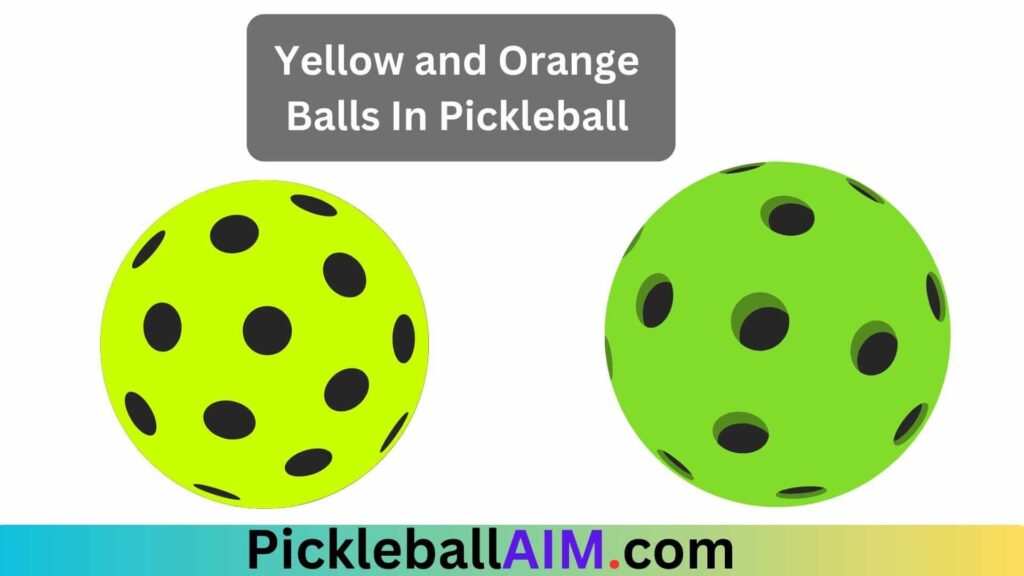
Yellow and orange balls are preferred for outdoor play, as they are more visible in bright sunlight. The vibrant colors help players track the ball even in sunny conditions, reducing the likelihood of missing shots due to poor visibility.
Stay tuned for the continuation of this article, where we will explore additional factors to consider when selecting the perfect pickleball ball to elevate your gameplay experience.
8. Brand Reputation
The reputation of the brand can provide valuable insights into the quality and consistency of their pickleball balls. Established brands with a track record of producing reliable sports equipment are more likely to offer high-quality balls that meet industry standards.
Research and Reviews
Take the time to research different brands and read customer reviews. Pay attention to feedback from other pickleball players to gauge the overall satisfaction with the brand’s products.
Testing Different Brands
Consider trying balls from different reputable brands to determine which one aligns best with your playing preferences and performance expectations.
9. Ball Price and Value
Pickleball balls are available at various price points, and the cost can be influenced by factors such as material, construction, and brand reputation.
Value for Money
Strike a balance between price and value when choosing a pickleball ball. While higher-priced balls may offer better performance and durability, they might not always be necessary for recreational or casual play.
Multi-Pack Options
Consider purchasing balls in multi-packs, as they often provide better value per ball compared to buying individual units.
10. Environmental Impact
As environmental consciousness increases, more players are considering the environmental impact of their sports equipment choices. Some brands offer eco-friendly pickleball balls made from sustainable materials.
Eco-Friendly Materials
Look for balls made from recycled or biodegradable materials, which can help reduce your environmental footprint without compromising on performance.
Conclusion
Selecting the right pickleball ball is a vital aspect of optimizing your playing experience and achieving peak performance on the court. Consider the playing environment, ball material, size, hole pattern, weight, compression, visibility, brand reputation, price, and environmental impact when making your decision. By keeping these ten factors in mind, you can confidently choose the perfect pickleball ball that suits your skill level, playing style, and individual preferences.
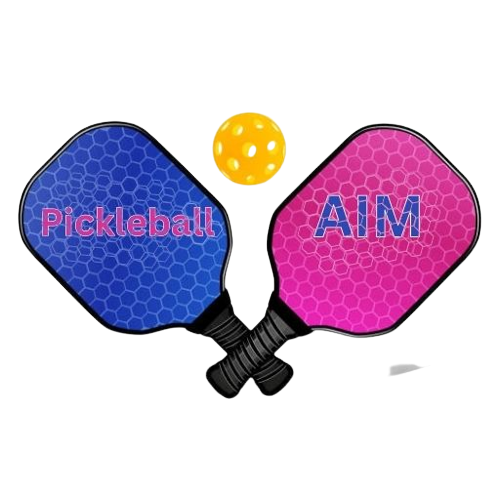
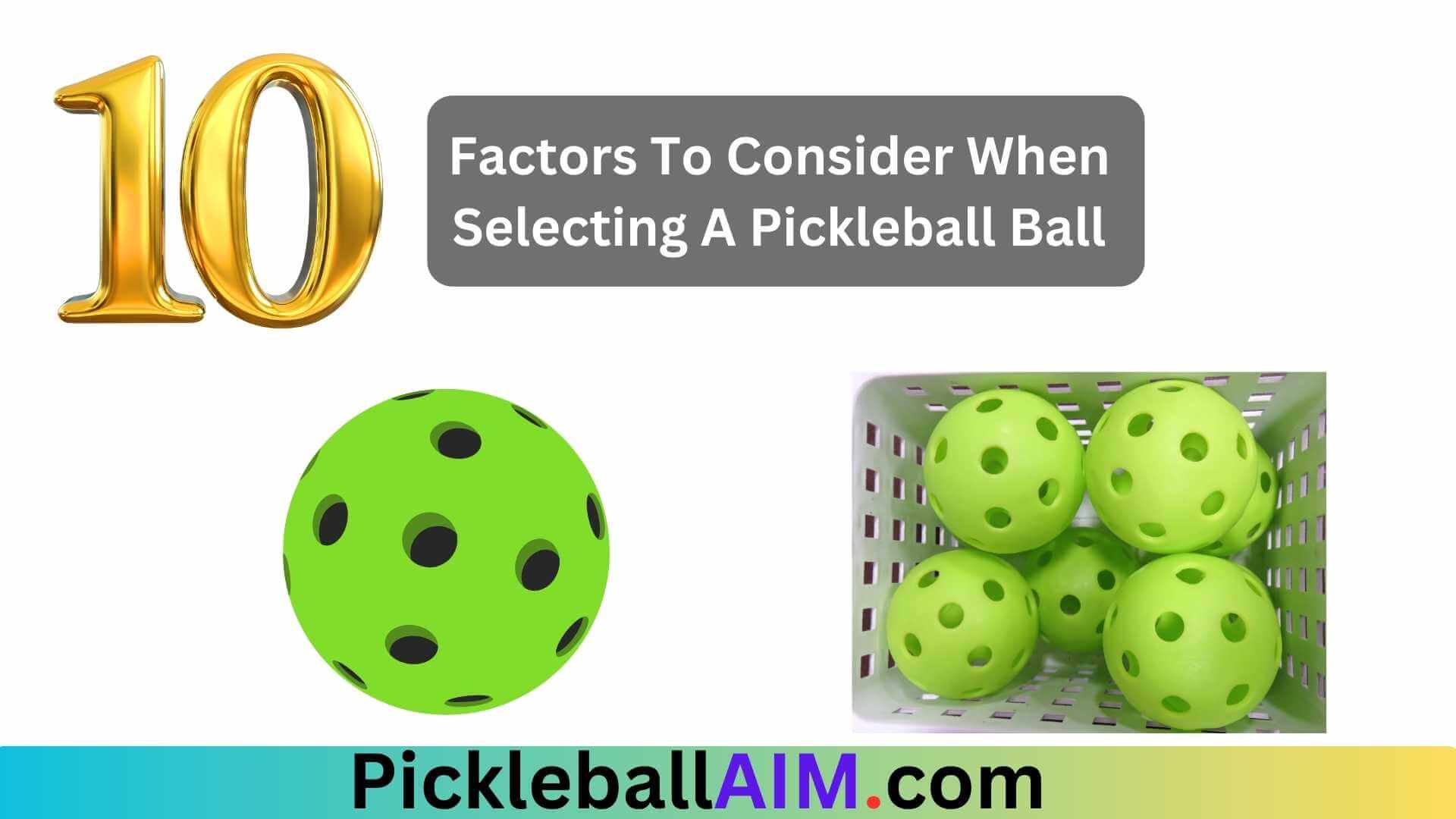
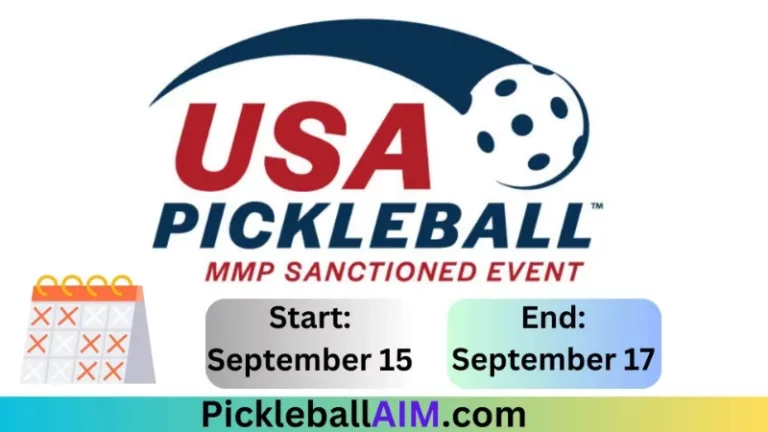


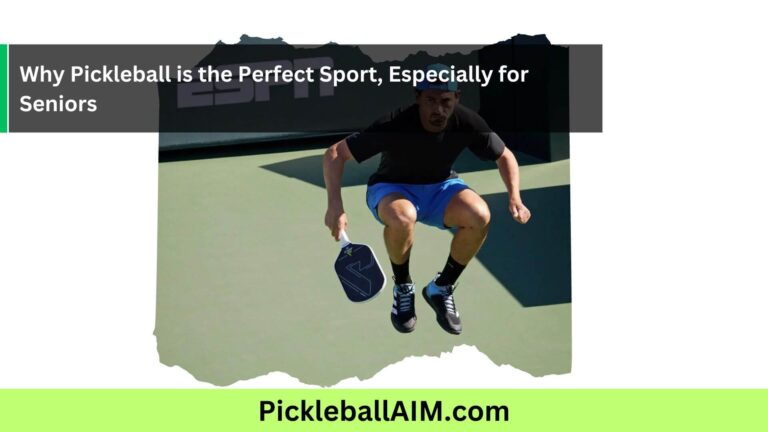
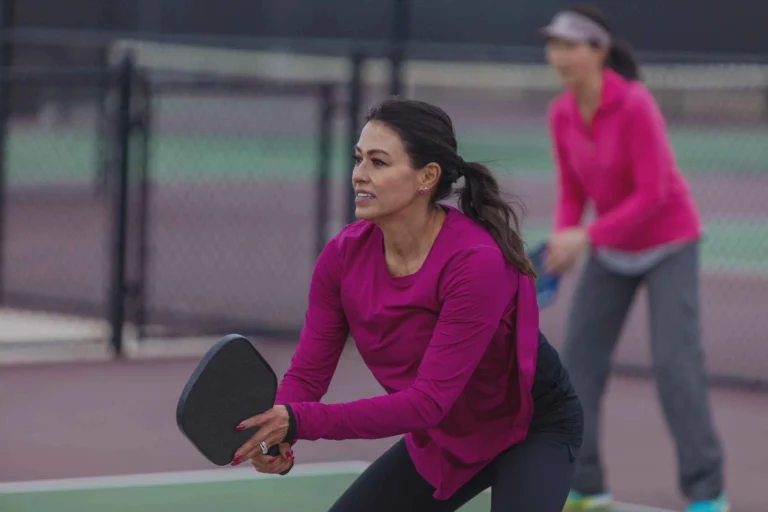
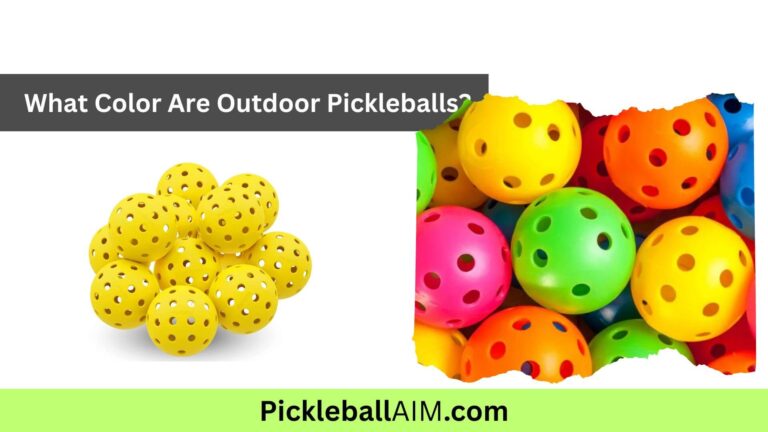
2 Comments